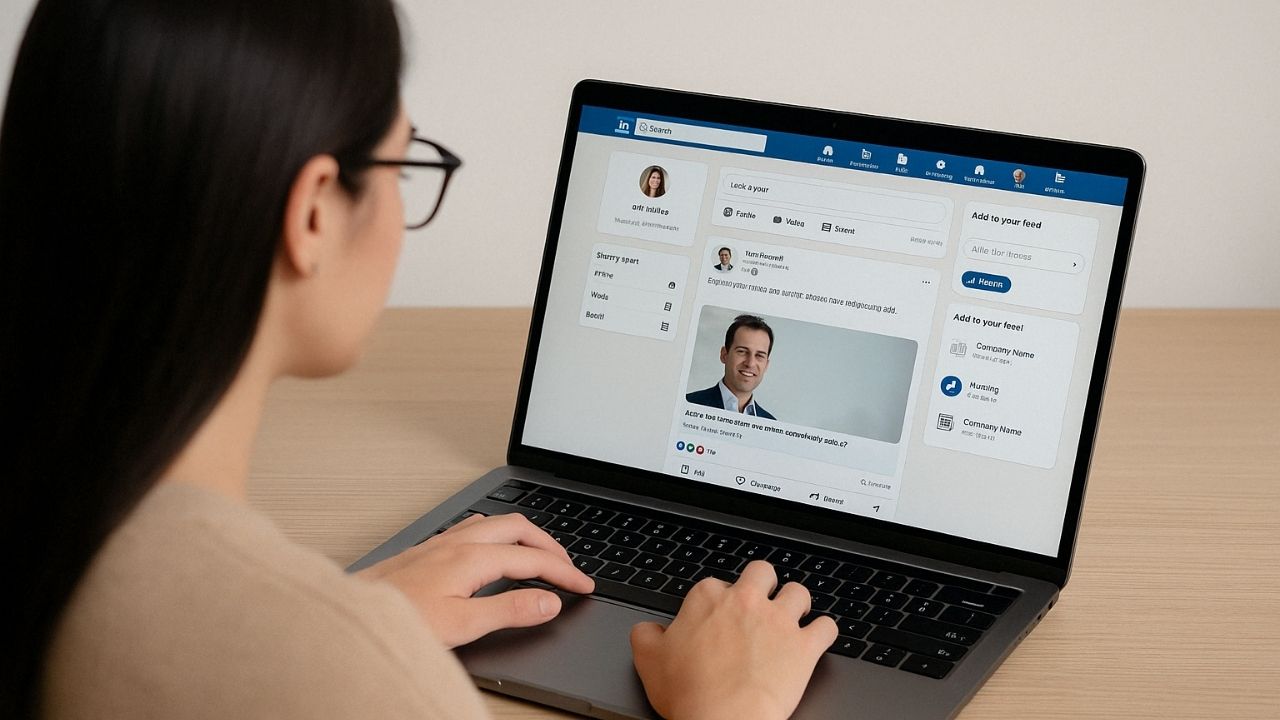Security breaches can be devastating, leading to significant financial losses, operational disruptions, and reputational damage that businesses struggle to recover from. Small businesses are not left behind with 43% of them being the target of a security breach annually. This is why prioritizing your business account security is especially crucial for small business owners.
In this article, we will focus on securing the three most critical business accounts that cybercriminals commonly target: your banking, email, and phone accounts. By proactively protecting these accounts, you can greatly reduce your risk and safeguard your company.
Why Account Security Matters
Unlike what you might think, this attack on small businesses is all too intentional, as they are typically less aware of the risks and as such have little to no security in place. Your accounts are the foundation to protecting your business as a breach of any one of them can have a domino effect on your entire operation. Imagine stolen banking credentials leading to unauthorized transactions, or a compromised phone number enabling SIM-swapping attacks. Worse, a hacked email account could expose sensitive information and facilitate sophisticated scams like invoice fraud.
Beyond the direct monetary losses, there’s also the cost of downtime, lost productivity, and the long-term damage to your company’s reputation and client trust.
The Three Most Critical Accounts to Secure for Business Safety
Even as an individual, there are many accounts you have to secure, how much more is it to do so for your business? We know it gets overwhelming and suggest you start with critical accounts in the following categories as you make your way to the rest.
Bank Accounts
The most common types of business account fraud are related to bank accounts. This could range from check fraud to loan, credit card, and wire fraud, identity theft, phishing, and card skimming. According to this 2023 report by Mitek Global, 31% of small businesses in the US were victims of check fraud in 2023. 88% of these defrauded businesses lost over $25,000, and 65% lost over $50,000 in total check fraud losses that year.
This goes to show how vulnerable you are as a small business if your bank accounts are compromised. So ensure you use strong passwords, avoid sharing sensitive information via phone call and email, and only use reliable banks/financial service providers.
Email Accounts
Next up is your email account which is the gateway to a wealth of sensitive information and potential attack vectors. This is a key account like your bank account as hackers can access your bank account if they gain access to your email. Business Email Compromise (BEC) scams have cost businesses billions of dollars. This scam is where hackers impersonate a trusted source to trick employees into transferring funds or sharing confidential data. Breached email accounts can also enable other types of fraud, such as invoice manipulation and phishing.
Fortunately, popular email service providers like Gmail have several account protection tips you can set up. Some of those are passkeys, 2-factor authentication, and recovery phone numbers/emails. Also, access the sender’s details and email content to ensure they are from a trusted source before clicking on links or downloading attachments.
Phone
Your phone number is more vulnerable than you might think. SIM swapping attacks, where hackers hijack your number to gain control of two-factor authentication (2FA) codes, can lead to other serious account breaches. Losing access to your number also disrupts communication with customers and vendors, impacting operations.
How to Secure Your Accounts: Practical Security Measures for Each Account
Now you understand what your key accounts are and the urgency of ensuring they are safe, the next step is, how then do you secure your accounts. Below are general security tips we have curated for small businesses to protect their key accounts.
Multifactor Authentication (MFA)
Multifactor Authentication is one of the simplest but most effective defenses against account hackers. It entails creating a second and even third form of verification when trying to access certain account features. Common MFA methods include one-time passwords, OTP, biometric scan, authenticator apps, and sometimes passkeys.
The goal is to limit the chances of fraudulent access even if the account password gets compromised. So if an unauthorized person gains access to the password, they would have to get the other authentications right to gain access to the account.
Always ensure you set up MFA or 2FA for your business’s phone, email, and bank accounts.
Strong Access Controls
Beyond MFA, ensure you implement strict access controls. Enforce complex passwords, limit access permissions based on employee roles, and regularly audit account activity. This approach minimizes the risk of an internal or external breach.
Also, remember to offboard anyone who is no longer part of your team immediately, avoid using the same password for different accounts, and conduct routine password changes for your key accounts.
Building a Security-First Business Culture
Making cybersecurity a core part of your business operations is essential to the success of your security measures. As such, you should take intentional steps to establish a security-first culture. By educating and empowering employees with the knowledge and tools to recognize and respond to threats, and investing in essential protective measures, you build a resilient workforce that prioritizes the safety of your company’s digital assets.
Employee Security Training/Seminars
Your employees are the frontline in your cybersecurity defense. Invest in comprehensive employee security training to make them aware of threats like phishing and to understand the importance of safeguarding sensitive information. This will help establish and maintain a culture of security awareness.
Finally, create an incidence response plan, and ensure every employee is aware of this plan and can successfully implement it on their own. Regularly test their knowledge and reinforce the importance of security vigilance.
Adopt Security Tools Worth the Investment
Invest in essential cybersecurity tools. A password manager can simplify strong password use, while security monitoring software keeps you alert to potential threats. Using a VPN encrypts your online traffic, offering another layer of protection. The upfront cost of these tools is minimal compared to the cost of a data breach.
Good tools will require some research to find so be sure to perform a cost-benefit analysis on the tools you find and make an informed decision. Your options may be expensive but lucky for you, we have a quick read on ways business owners can save money on software.
Consider VPNs for More Secure Connections
Securing your internet connections with a Virtual Private Network (VPN) is crucial. VPNs for small businesses encrypt all online activities, making it difficult for hackers to intercept data. Do your research and choose a reliable VPN provider known for strong security practices to ensure maximum protection.
Take your time to set up your VPN correctly as failure to do so can leave security gaps and expose the network. Also, make sure to update regularly and monitor connection logs to detect suspicious activity.
Establish a Process for Resolving Suspicious Activities
No business is immune from cyber attacks. Prepare for the worst by developing a comprehensive small business security policy. Your response plan should detail how to detect, contain, and recover from breaches, including steps to communicate effectively with staff and clients.
Always ensure you have a cybersecurity budget for your small business as you work and hope for the best. Remember, being prepared for an attack will limit the damage and speed up recovery.
Taking Action: Your Cybersecurity Roadmap
Securing your business may seem daunting, but focusing on your key accounts and implementing practical measures can dramatically reduce your risk. Here’s a step-by-step timeline to improve your cybersecurity posture:
Within 24 hours:
- Enable multi-factor authentication on all accounts
- Strengthen passwords to be unique and complex
Within 1 week:
- Audit account access controls and limit permissions
- Set up a password manager for secure credential management
Within 1 month:
- Create a security incident response plan
- Schedule and implement employee security training
- Invest in a VPN for secure online connections
Cybersecurity is a continuous effort, not a one-time fix. By incorporating these measures into daily operations and staying vigilant, you’ll be better equipped to defend your business against evolving threats. If you need personalized guidance, consulting with a [local business cybersecurity] expert can be a wise investment in your company’s future.Want to learn more about how you can maximize your use of emails for your small business? We’ve got you covered in this article on Chat vs Email.












